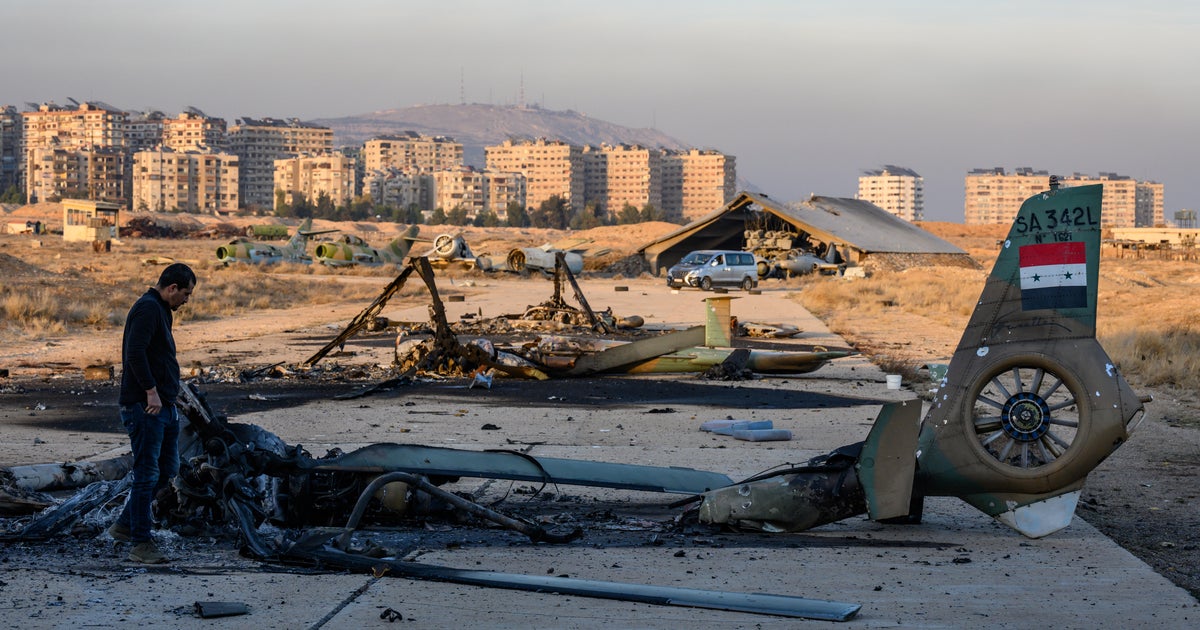ISIS destroys yet more ancient history in reclaimed town
BEIRUT -- Syria’s state run news agency says ISIS militants have destroyed parts of the Roman amphitheater in Syria’s historic town of Palmyra.
SANA says the Islamic State of Iraq and Syria militants destroyed “the facade” of the second-century amphitheater along with the tetrapylon, a cubic shaped ancient Roman monument. The agency did not give further details or say when the monuments were blown up.
Syrian opposition monitors confirmed that ISIS destroyed parts of the amphitheater and the tetrapylon.
The extremists recaptured the ancient town in December from government troops -- nine months after ISIS was expelled in a Russia-backed offensive.
CBS News correspondent Elizabeth Palmer was the first journalist for a U.S. network to enter Palmyra in the spring of 2016, just after Syrian forces had reclaimed it.
After 10 months under ISIS’ control, she was surprised to find much of the historical site still intact. Up close, however, even then there were monumental gaps.
For 2,000 years, the Roman Triumphal Arch spanned the entrance to the site. That was brought down by ISIS explosives. The Syrian army wouldn’t let Palmer and her crew venture very far into the ruins, because they were laced with mines and dynamite.
For ISIS, Palmer says Palmyra was -- and has once again become -- a strategic prize and an opportunity to taunt the world with videos of fighters destroying priceless treasures and a mass execution in Palmyra’s Roman amphitheater.
One atrocity in the ancient city left especially deep scars; the execution of Mohamed al Asad’s father, Khaled, who was Palmyra’s director of antiquities.
He was decapitated by ISIS and his body put on display.
“He was so brave,” Mohamed told CBS News in March 2016. “I loved him so much.”
And his father loved the Palmyra Museum -- his life’s work -- now in ruins along with so many other treasures.




